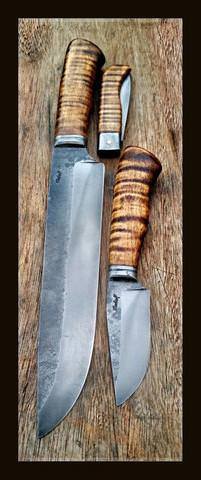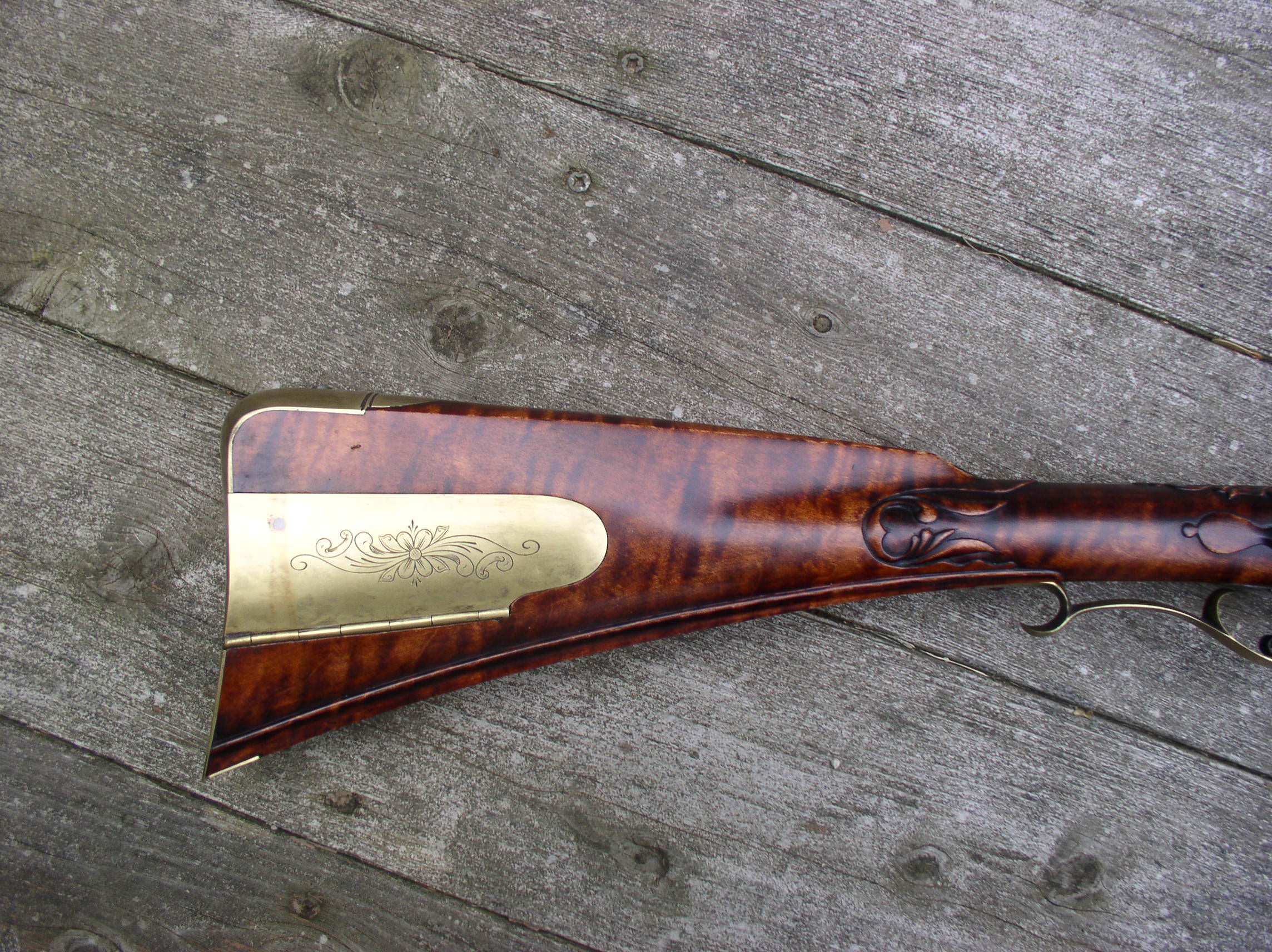You won't get the final "look" until you hit it with your finish however. It will look a little muddy or dull still. But if you have it covered with a varnish or oil, it doesn't work very well to go back at it with more stain or heat. So, to satisfy yourself hit it with something that will wet the stock but evaporate. Alcohol or some other volatile should work swell, without re-raising the grain the way water will. If you used an alcohol-based stain over the FN then you'll have to use something else that won't carry the stain away though. I don't know if mineral spirits is a carrier for stains, but it's worth exploring.
And don't forget to neutralize the FN treatment, just like you would with AF, or else it will keep darkening over the years.








